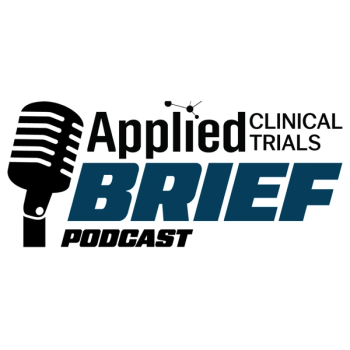
- Applied Clinical Trials-04-01-2015
- Volume 35
- Issue 3
FDA, Sponsors Look to Expand Patient Input to Clinical Trials
Patient focused drug development is playing a larger role in study design and outcome measurement.
Patient focused drug development (PFDD) is moving into the mainstream, promising to alter the conduct of clinical trials and FDA regulatory policies. PFDD appears increasingly useful and accepted in designing studies and in assessing outcomes and treatment benefits most important to patients with a certain condition. Building on the experience gained from a series of FDA meetings to solicit patient perspectives for treating chronic conditions, sponsors are querying patient groups to help define the key goals of clinical studies and to avoid research programs that yield less useful results. FDA is bringing in patients to consult with review divisions and to join FDA-sponsor meetings to help shape research studies and product labeling.
To further this trend, FDA is expanding its patient representative program beyond participation in advisory committee meetings. The agency has identified some 200 patient representatives based on their experience, FDA training, and clearance on conflicts of interest. Last year, members of this cadre were involved in 10 consultations with FDA review divisions and in additional meetings with sponsors, explained Richard Klein, head of FDA's patient liaison program in the Office of Health and Constituent Affairs. Qualified patient representatives not only have experience with a disease or condition, but are active in patient advocacy organizations, knowledgeable about treatment options, and able to grasp basic scientific principles, Klein pointed out at the recent conference on PFDD sponsored by the University of Maryland Center of Excellence in Regulatory Science & Innovation.
One FDA initiative is to develop a "roadmap" to patient-focused outcome measurement in clinical trials, reported Ashley Slagle of the Office of New Drug (OND) Study Endpoints and Labeling Development staff in the Center for Drug Evaluation and Research (CDER). The roadmap aims to establish an orderly pathway for selecting or developing instruments to accurately measure treatment benefit, she explained. Key criteria are the natural history of the disease or condition, the affected patient population, treatment alternatives, and current care standards.
Articles in this issue
almost 11 years ago
Public Opinion Matters—And Merits Attentionalmost 11 years ago
Giving Pharma Credit for Medical Innovationalmost 11 years ago
Overcoming Challenges in Hematological Cancer Trialsalmost 11 years ago
Improving Oncology Trials Through Adaptive Designsalmost 11 years ago
The Evolution of Imaging Techniques in Clinical Trialsalmost 11 years ago
The Psychology of Cancer: Suicidal Ideation in Clinical Trialsalmost 11 years ago
Forecast Enrollment Rate in Clinical Trialsalmost 11 years ago
Adaptive Trial Designs Gaining Momentumalmost 11 years ago
Congress, White House Seek to Spur Biomedical Innovationalmost 11 years ago
EFGCP Issues Roadmap on Medical DevicesNewsletter
Stay current in clinical research with Applied Clinical Trials, providing expert insights, regulatory updates, and practical strategies for successful clinical trial design and execution.



